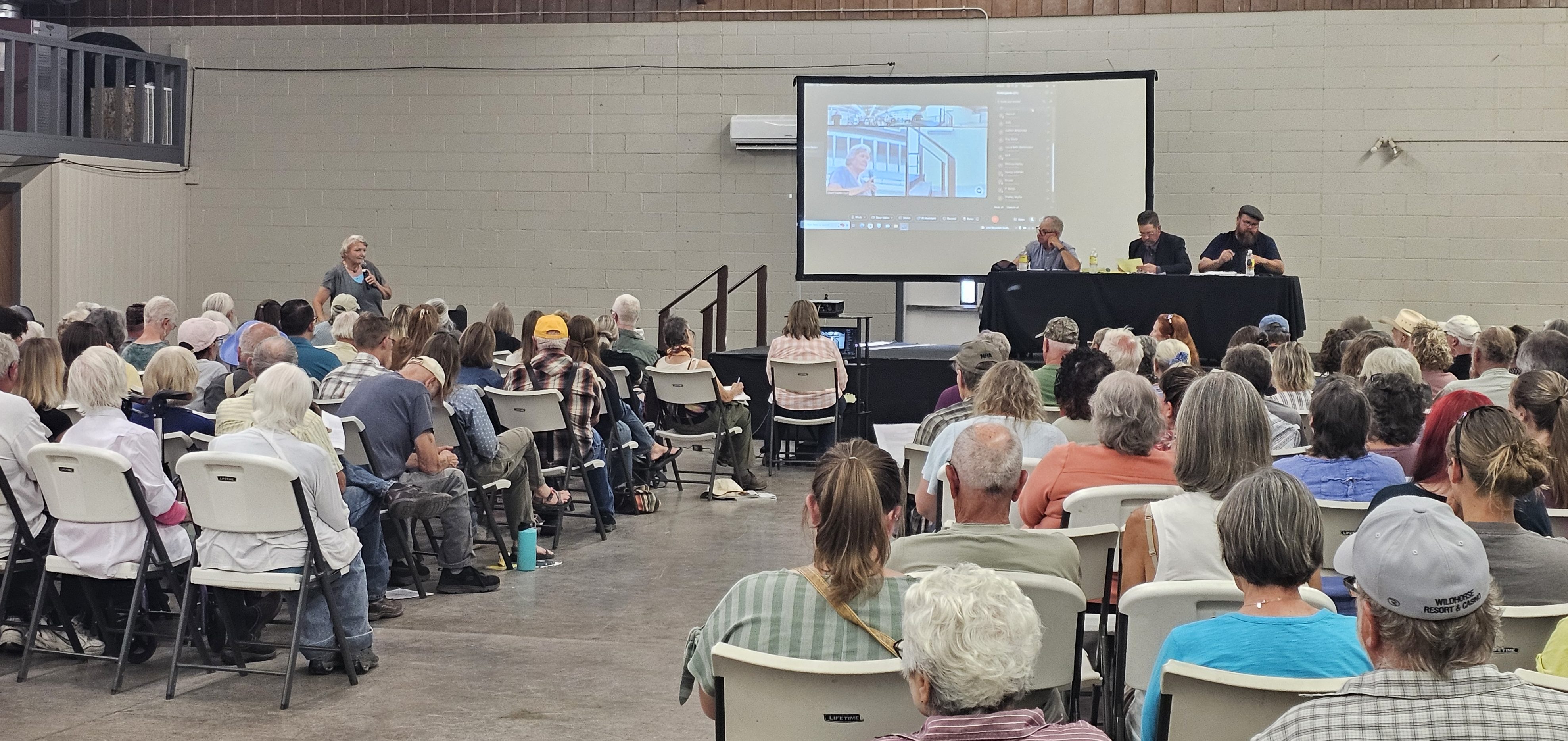Water is next “Gold Rush” in the West
Published 5:00 pm Tuesday, April 17, 2007
FRESNO, Calif. – A panel of water specialists, educators and regulators predict water demand will produce increasing global conflicts and a greater need for technological solutions to slake the world’s thirst.
Trending
The speakers at the International Water Technology and Ozone V Conference at California State University, Fresno today described water as a scarce global resource deserving of greater priority for research, public policy discussion and public education.
Andrew Stone, executive director of the American Ground Water Trust, delivered the keynote address Monday, and called water scarcity the “New Gold Rush” as demographic pressure continues to build worldwide.
“Conflict potential is increasing as demand exceeds the available water supply. Technology is going to be one of the solutions,” Stone said. “It’s estimated by 2025, water scarcity will affect 3.5 billion people.”
Trending
Stone said already people in some countries in East Africa are “fighting to the death” to control water rights. With the world population growing at exponential rates, Stone said water officials are “on a treadmill trying to keep up” with water demand.
Stone said groundwater supplies are under stress worldwide and there is a need to solve shortages through groundwater banking, conservation and allocating water from agriculture, which he said consumes about 70 percent of the world’s water supply.
“We can do a lot with water conservation and water reuse and I think the biggest way of making people more aware of water is for them to pay more for it. It is too inexpensive,” Stone told the 300 conference attendees. “When they recognize that they are often paying more for bottled water in the grocery store than they are for gasoline at the pump, you got some things turned on their heads.”
Stone said that pressure will bear down on farmers to pay more for water and consumers will have to pay more for food.
“If we are going to supply future needs, which sector do you think will be called on for more water? It is agriculture. Farmers will have to concede water to urban and industrial users,” Stone said.
Stone and other conference speakers gave the audience an international perspective on water supply, water quality and the growing role of technology to solve water challenges.
Regarajan Ramesh, general manager for global technology for General Electric, said his company will double its investment in eco-friendly technology by 2010 to $1.5 billion to develop more efficient aircraft engines, wind and solar energy, and water conservation and water management advances. Applications of water treatment technology in Kuwait, Australia and other water-starved countries have proven the worth of water treatment technologies over more expensive desalinization, which can require vast amounts of energy.
“There’s a lot of water available in the oceans, but there is a significant cost for desalinization. It is very energy intensive,” Ramesh said. “We are looking at desalinization in a very big way because there are some areas around the world where it makes sense. We are trying to help our customers conserve and reuse water in a cost-effective manner. It is possible. The technologies are there today.”
Another conference speaker, Jim Hanlon of the U.S. Environmental Protection Agency, highlighted the application of technology to protect and preserve water supplies.
“The public should be able to swim at the beach, eat the fish and drink the water without having a second thought,” Hanlon said. “The sustainability of our water infrastructure, and sustaining and developing new water technologies, are critical to helping ensure that dream continues across the United States.”
In California’s San Joaquin Valley, GE is working with the U.S. Bureau of Reclamation to remediate selenium-tainted irrigation water on the Westside of the San Joaquin Valley. Recently the Bureau announced that it no longer has any plan to build a drain to transfer wastewater from the valley to the coast.
Among the 50 exhibitors at the conference was Invenx, a Pleasanton company that promotes ozone as an effective sanitizer of fresh produce. Lee Ditzler, the company’s president, said his 20 years of experience with the technology has shown that it can be applied to address many agricultural applications.
“It’s molds, it’s viruses, it’s bacteria – it is broad spectrum. It goes after all of them. Ozone does not kill by being toxic, it kills by oxidizing the outside of the organism – it burns it,” he said. “Apples are good, kiwis are good, lemons are good, so we are looking for products that are put into cold storage for long periods of time.”
David Zoldoske, director of the CSU-Fresno’s International Center for Water Technology, said the conference focus demonstrates that water is interconnected among all water users – environmental, agricultural and industrial, “so any savings or treatment we can do in one end affects the total supply and affects everyone. It is a shared resource and we need to understand that and work toward common solutions.”









